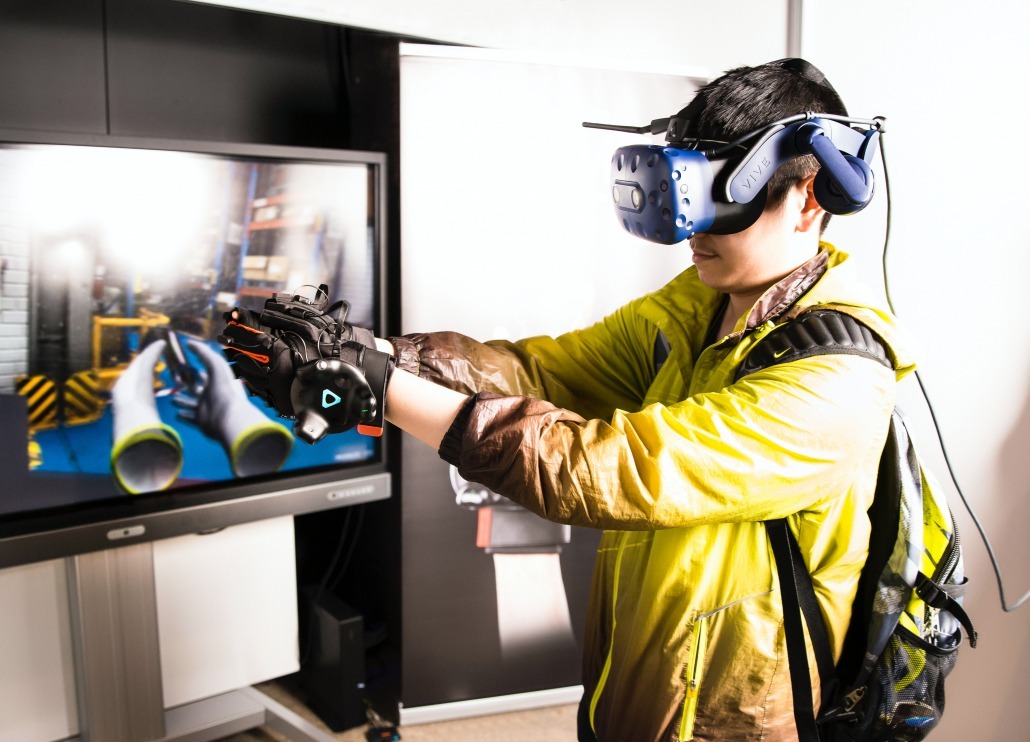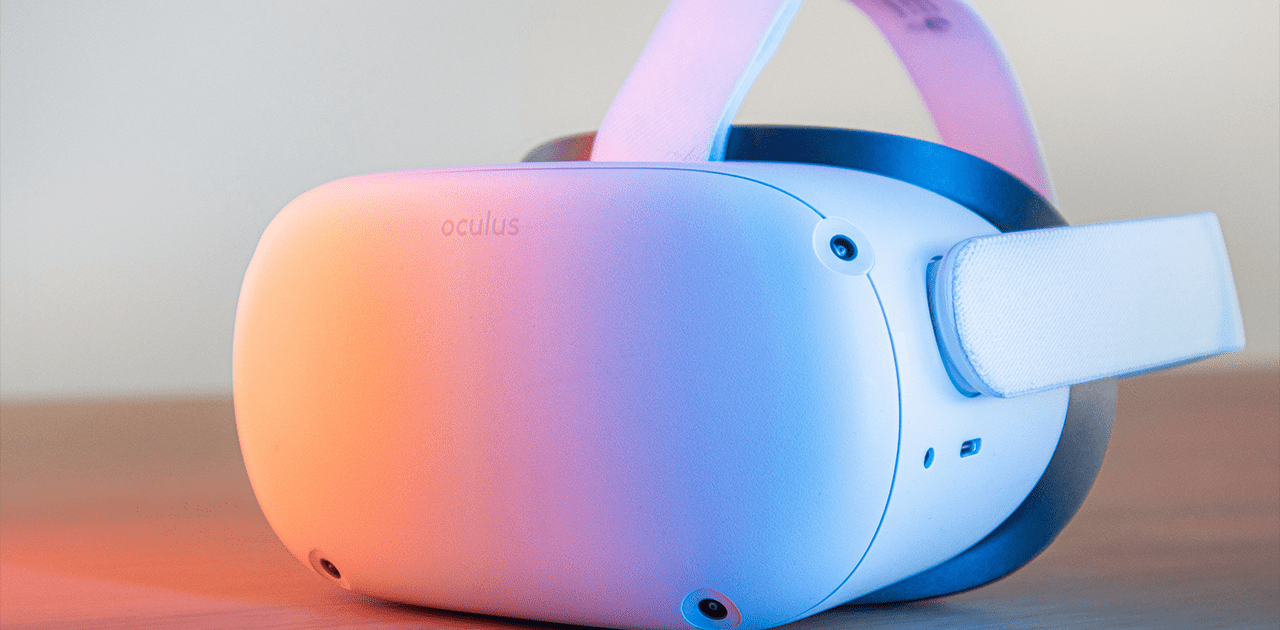Virtual reality is a computer-generated environment that allows a user to interact with three-dimensional images. It is often used in video games, simulations, and training programs. Virtual reality can create realistic environments that are not possible to experience in the real world.
Virtual reality technology has come a long way since its inception in the early 1950s. Early virtual reality systems used large, expensive computers to generate crude images. Today, virtual reality is created using powerful graphics processors and software that can create realistic environments.
Virtual reality is used in a variety of settings, including education, healthcare, entertainment, and business. In education, virtual reality can be used to create simulations that allow students to learn in a safe and controlled environment. Healthcare professionals can use virtual reality to train for difficult procedures or to treat patients with conditions such as post-traumatic stress disorder.
Introduction to Virtual Reality
Virtual reality (VR) is a simulated experience that can be similar to or completely different from the real world. Applications of virtual reality include entertainment (e.g. video games) and education (e.g. medical or military training). Other distinct types of VR-style technology include augmented reality and mixed reality.
A person using virtual reality equipment is typically able to “look around” the artificial world, move about in it, and interact with virtual features or items. The effect is commonly created by VR headsets consisting of a head-mounted display with one or two small high-resolution OLED or LCD monitors providing separate images for each eye, stereoscopic headphones delivering sound to each ear, and head motion tracking sensors. Some VR systems also include tactile information, generally known as haptic feedback.
Haptic feedback is the sense of touch that can be simulated in virtual reality. This can be used to create the sensation of being able to touch, feel, and manipulate virtual objects. Most VR systems use some form of haptic feedback, which can be as simple as rumble motors in-game controllers or as complex as full-body suits that provide a variety of sensations.
The User Interface
The user interface is the way in which the user interacts with the system. There are many different types of user interfaces for virtual reality, including head-mounted displays, hand controllers, and body tracking sensors.
Head-mounted displays (HMDs) are the most common type of VR headset. They provide a stereoscopic image that covers the entire field of view and can be used with or without eyeglasses. HMDs typically have two small displays, one for each eye, that create a three-dimensional image. Another type of VR headset is the binocular headset. This type of headset does not provide a stereoscopic image, but it does offer a wider field of view than an HMD.
Hand controllers are used to interact with the virtual environment. They can be in the form of a traditional game controller, a glove, or a wand. Body tracking sensors are used to track the user’s movement in the real world and translate it into the virtual world. These sensors are often worn on the body, such as on the wrists, ankles, or chest.
Virtual reality systems often use a combination of these different types of user interfaces to provide the best experience for the user.
How is Virtual Reality Used?

Virtual reality is used in a variety of settings, including education, healthcare, entertainment, and business. In education, virtual reality can be used to create simulations that allow students to learn in a safe and controlled environment. Healthcare professionals can use virtual reality to train for difficult procedures or to treat patients with conditions such as post-traumatic stress disorder.
Entertainment applications of virtual reality include video games and movies. Virtual reality video games provide an immersive experience that can make the player feel as if they are inside the game. Movies that use virtual reality technology can transport the viewer to another world, making them feel as if they are a part of the story.
Businesses are using virtual reality for a variety of purposes, such as product development, marketing, and training. Virtual reality can be used to create prototypes of products, allowing businesses to test them before they are manufactured. It can also be used to create immersive marketing experiences that allow potential customers to experience a product or service before they purchase it. And virtual reality is increasingly being used for training purposes, such as for safety training in hazardous environments.
Benefits of Virtual Reality
There are many benefits to using virtual reality, including the following:
Students
Students can benefit from virtual reality in a number of ways. First, VR can be used to create simulations that allow students to learn in a safe and controlled environment. This can be especially beneficial for students who are studying dangerous topics or procedures. Second, VR can be used to provide immersive experiences that make learning more fun and engaging. Third, VR can be used to tailor the learning experience to each individual student, providing a more personalized education. Finally, VR can be used to allow students to learn in a variety of settings, such as in the classroom, at home, or on the go.
Healthcare Professionals
Healthcare professionals can use virtual reality to train for difficult procedures or to treat patients with conditions such as post-traumatic stress disorder. VR can be used to create simulations of medical procedures, allowing healthcare professionals to learn and practice in a safe environment. VR can also be used to provide immersive experiences that can help patients relax and cope with stressors. In addition, VR can be used to tailor the treatment experience to each individual patient, providing a more personalized level of care.
Video Games
Video games can benefit from virtual reality in a number of ways. First, VR can provide an immersive experience that makes the player feel as if they are inside the game. This can make the game more exciting and engaging. Second, VR can be used to create simulations that allow players to learn and practice in a safe environment. This is especially beneficial for games that require complex skills or maneuvers. Finally, VR can be used to tailor the gaming experience to each individual player, providing a more personalized level of play.
Movies
Movies that use virtual reality technology can transport the viewer to another world, making them feel as if they are a part of the story. This can make the movie more exciting and engaging. Additionally, VR can be used to create simulations that allow viewers to learn and practice in a safe environment. This is especially beneficial for movies that require complex skills or maneuvers. Finally, VR can be used to tailor the viewing experience to each individual viewer, providing a more personalized level of viewing.
Businesses
Businesses can benefit from virtual reality in a number of ways. First, VR can be used to create prototypes of products, allowing businesses to test them before they are manufactured. This can save businesses time and money by identifying any potential problems with the product before it goes into production. Second, VR can be used to create immersive marketing experiences that allow potential customers to experience a product or service before they purchase it. This can help businesses increase sales by giving customers a chance to try out the product before they buy it. Finally, VR can be used for training purposes, such as for safety training in hazardous environments. This can help businesses avoid accidents and injuries by providing employees with a safe and controlled environment in which to learn.
Challenges of Virtual Reality
Despite the many benefits of virtual reality, there are also a number of challenges that need to be addressed.
Affordability
One of the challenges of virtual reality is that the technology is still in its early stages of development and it can be expensive to purchase the necessary equipment. This is because VR headsets and other hardware are still relatively new and there is a limited supply. Additionally, businesses that want to use VR for training or marketing purposes often need to invest in custom software and applications. As VR technology becomes more popular and more widely available, the cost of VR hardware and software is likely to decrease. However, it is still important to be aware of the potential cost when considering VR as an option for businesses or individuals.
Adverse Reactions
Another challenge of virtual reality is that it can be immersive and engaging, but it can also cause problems such as motion sickness or disorientation. This is because VR headsets can block out the visual cues that our brains use to orient ourselves in space. Additionally, VR simulations can often be very intense and realistic, which can cause discomfort for some people. It is important to be aware of these potential problems when using VR so that users can take breaks as needed and avoid extended use if they start to feel sick.
Realism
Finally, VR can be used to create simulations that are realistic and lifelike, but these simulations can also be graphic and disturbing. This is because VR can be used to recreate scenes from real life or from fiction. While this can provide a realistic and immersive experience, it can also be disturbing or even traumatizing for some people. It is important to be aware of the potential for disturbing content when using VR and to take steps to avoid it if possible. Additionally, it is important to be aware of the signs that someone is feeling distressed so that you can stop the simulation if needed.
The Future of Virtual Reality
The future of virtual reality looks bright. With the rapid development of technology, VR is becoming more and more realistic and affordable. As VR technology advances, it will become increasingly popular and widely used. Businesses will use VR for training, marketing, and product development, and individuals will use VR for entertainment, education, and communication. The potential applications of VR are endless, and the technology is sure to have a profound impact on our lives in the years to come.
Conclusion
In conclusion, it is amazing to see how far virtual reality has come in just a few short years. It has already been widely accepted and adopted into numerous industries as a valuable tool. It has changed the way we consume and experience entertainment. It has introduced a completely new and useful platform for training and education. Although there are a number of challenges associated with virtual reality, there are also some amazing benefits that we have discovered. No matter how you use virtual reality, it is extremely exciting to think about what the future holds for this incredible technology and how it will affect our lives.

